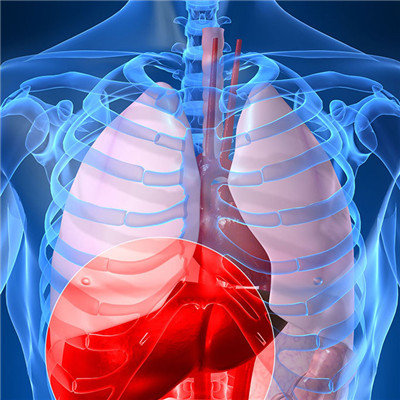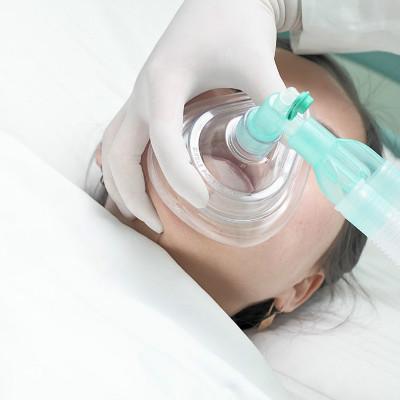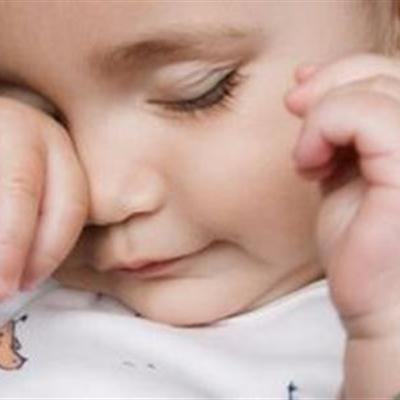What symptom does fetal fracture have?
summary
Fetal intrauterine fracture is caused by fetal osteogenesis imperfecta. Severe condition, common skull ossification incomplete, fetal period has many fractures, mostly stillbirth or short-term death after birth. What are the symptoms of fetal fracture?
What symptom does fetal fracture have?
Congenital osteogenesis imperfecta is a severe type, with multiple fractures at birth. Minor trauma during labor or in the uterus can cause fractures. Short limbs, deformity and fricative. The skull is membranous. This kind of disease often becomes stillbirth because of intracranial hemorrhage.
Delayed osteogenesis imperfecta is not as serious as congenital osteogenesis imperfecta, and it is normal at birth. Severe cases may have fractures in infancy; The light fracture occurred later, and the lightest one was scleral bluing without fracture. The chief complaint of late-onset children is that they walk late and usually seek medical treatment after fracture. Congenital and delayed severe cases are the same, often lose normal shape, limb bending after fracture, as well as hunchback and scoliosis and kyphosis. The forehead is wide, the frontal bone protrudes forward, the temporal bone protrudes to both sides, and the occipital bone protrudes backward, which enlarges the skull. The left and right diameters are wide and the front and rear diameters are short, so that the facial skull is out of proportion and triangular.
Scleral blue staining is the most common, occasionally normal sclera. Because the sclera is thin and transparent, the pigment in the eye can be seen, from dark sky blue to light blue. The so-called "rings of Saturn" are very common signs. This is the reason why the white sclera tightly surrounds the cornea. Some patients can have hyperopia, corneal opacity.
matters needing attention
To avoid close relatives marriage: the offspring born with close relatives are much less intelligent than those who are not close relatives, and the incidence rate is very high. So it's important to avoid consanguineous marriage. Avoid old age childbearing: the best childbearing age should not be more than 35 years old, because the old maternal cells are aging, vulnerable to external virus infection, and the individuals formed after fertilization are prone to chromosomal diseases.










